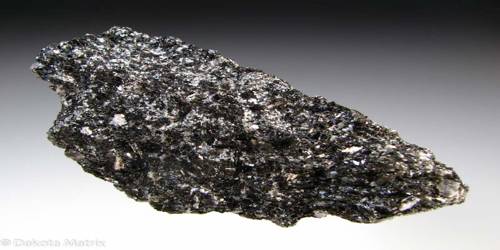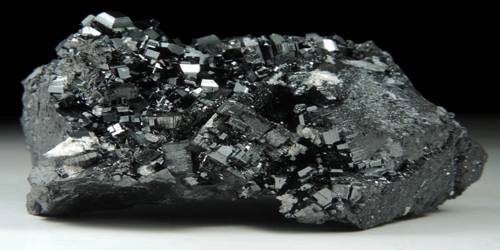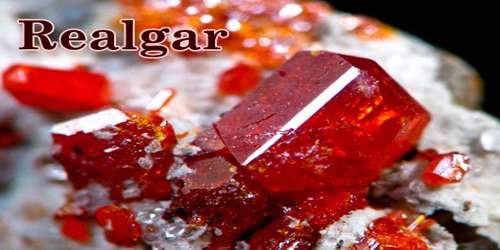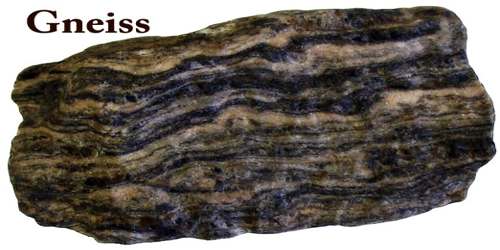Bityite is considered a rare mineral, and it is an endmember to the margarite mica sub-group found within the phyllosilicate group. It is a late-stage mineral in lithium-bearing pegmatites.
The mineral was first described by Antoine François Alfred Lacroix in 1908, and later its chemical composition was concluded by Professor Hugo Strunz. The mineral was named by Lacroix after Mt. Bity, Madagascar from where it was first discovered.
General Information
- Category: Phyllosilicate (Mica group)
- Formula: CaLiAl2(AlBeSi2)O10(OH)2
- Crystal system: Monoclinic
- Crystal class: Prismatic (2/m) (same H-M symbol).

Properties
Bityite has a close association with Beryl, and it generally crystallizes in pseudomorphs after it, or in cavities associated with reformed beryl crystals. The mineral is considered a late-stage constituent in lithium-bearing pegmatites and has only been encountered in a few localities throughout the world.
- Color: Pearly white, grayish blue, greenish blue, light brown
- Crystal habit: Dense, micaceous aggregates or rosettes and encrustations
- Cleavage: Perfect micaceous on {001}
- Fracture: Uneven
- Mohs scale hardness: 3
- Luster: Vitreous, pearly on cleavages
- Diaphaneity: Transparent to translucent
- Specific gravity: 5.5
Geologic occurrence
The first description of bityite was by Lacroix in 1908. and it was discovered on Mt. Bity, Madagascar within a pegmatite named Sahatany field. It was later found in a feldspar quarry from Londonderry, Western Australia, and further occurrences have been found from the Middle Urals, and three pegmatites in Zimbabwe. And most recently, occurrences from the Pizzo Marcio, Val Vigezzo area in Piedmont, Italy have been discovered. The most recent analysis for bityite found in the literature is a sample from the Maantienvarsi pegmatite dyke in the Eräjärvi area in Orivesi, southern Finland. The sample from Maantienvarsi occurs in close association with beryl; either in cavities with altered beryl crystals, or as a pseudomorph after Beryl. The mineral has been found in cavities with perthic microcline, albitic plagioclase, muscovite and tourmaline; the pseudomorphs filled with bityite have been found to contain amounts of fluorite, bertrandite, fluorapatite, quartz, and beryl. The mineral substitutes into portions of beryl crystals and is either a hydrothermal alteration product or a late stage magmatic mineral.
Information Source:
















